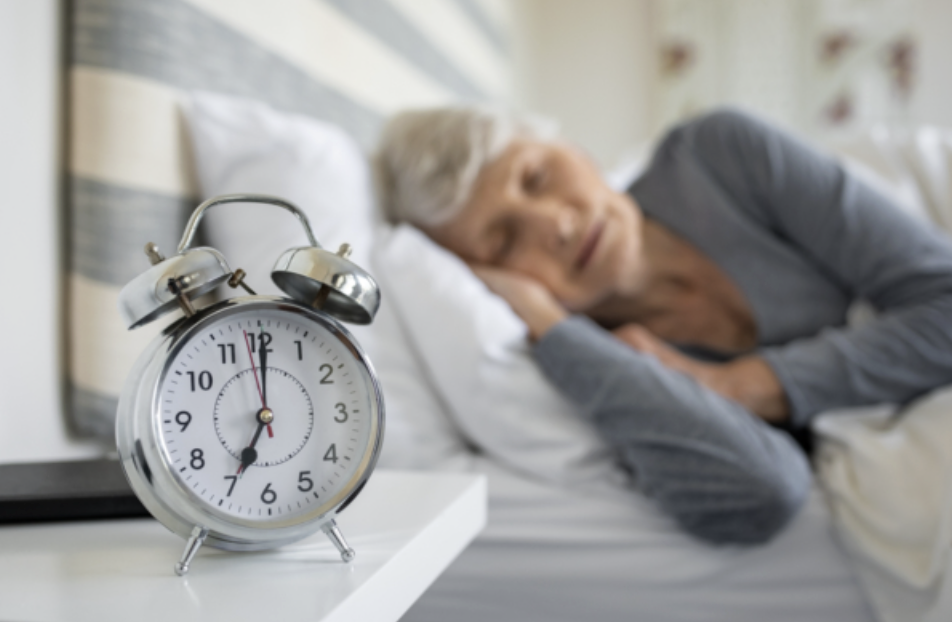
If you woke up today feeling a little more rested or a little more confused about what time it really is, you’re definitely not alone. The clocks officially moved back an hour on Sunday, November 2, 2025, marking the end of daylight saving time across most of the US. While that means an extra hour of sleep and brighter mornings, it also signals darker evenings and a short period of adjustment for many households.
But have you ever wondered why the clocks are constantly changing in the first place and why the debate about ending it never seems to fade? Let’s examine where this time-shifting tradition originated, its impact on your routines, and what experts have to say about its continuation.
A look back: How daylight saving time began
The idea of shifting clocks to make better use of daylight isn’t new. The concept dates back to Benjamin Franklin, who suggested in 1784 that Parisians could save candles by getting up earlier to use morning sunlight. However, it wasn’t until World War I that Germany and its allies first implemented daylight saving time to conserve fuel. The United States followed suit in 1918, and after a few on-again, off-again decades, DST became a national standard with the Uniform Time Act of 1966.
Daylight saving time begins on the second Sunday in March and ends on the first Sunday in November. For 2025, that means Americans will “spring forward” again on March 9 and “fall back” on November 2.
Who skips the time change?
While most Americans dutifully reset their clocks, not everyone participates in this biannual tradition. The following states and territories have opted out:
- Hawaii
- Most of Arizona (except the Navajo Nation)
- American Samoa
- Guam
- Northern Mariana Islands
- Puerto Rico
- US Virgin Islands
If you have friends or family in these places, don’t be surprised if they seem a little less frazzled this time of year!
Did you know?
The correct term is “daylight saving time,” not “daylight savings time.” Still, you’ll hear both versions used interchangeably across the US, Canada, and Australia.
Why do Americans still do it?
Every year, as you fumble with your oven clocks and try to remember how to reset the car dashboard, the same question pops up: “Why are we still doing this?” Supporters argue that DST saves energy, reduces traffic accidents, and encourages people to spend more time outdoors. Critics, on the other hand, point to studies showing minimal energy savings and increased health risks, such as disrupted sleep patterns and even a temporary spike in heart attacks after the spring change.
In recent years, there’s been a growing movement to make daylight saving time permanent. The US Senate even considered a bill to “lock the clock,” but as of now, the twice-yearly time change remains the law of the land.
Also read: Are you at risk? A doctor reveals the shocking health effects of daylight saving time
How time shifts affect the body
For many, the end of daylight saving time means brighter mornings and darker evenings. While that extra hour of sleep is a welcome treat, the sudden shift can throw off internal clocks, especially for older adults, children, and anyone with a strict routine.
Some common effects include:
- Feeling groggy or out of sync for a few days
- Changes in appetite or mood
- Difficulty falling asleep or waking up at the new time
Here's what many people don't realize: older adults already have lighter sleep schedules and more fragmented (shallow) sleep, making any disruption to their routine more challenging to overcome. Unlike younger adults who might bounce back from the time change with an extra cup of coffee, seniors face a perfect storm of factors that make adjustment more difficult.
For older adults, who often experience natural sleep fragmentation, this change can lead to increased drowsiness, confusion, and even heightened risks of falls and medication errors. Even though Americans gained an hour this weekend, the disruption to established routines can create problems that extend well beyond the initial night.
Also read: Sleep like a baby: 3 genius tips to adapt to daylight saving time effortlessly
Practical steps for this transition
As you adjust to this latest time change, remember that the effects on your body might last longer than just a day or two. Be patient with yourself if you feel more tired than usual or if your sleep patterns seem off for the next week or two.
Pay special attention to driving during the evening hours over the next few weeks. With darkness falling earlier, your eyes need time to adjust to different lighting conditions. If possible, avoid driving during the twilight hours when visibility can be most challenging.
Essential tips for seniors adjusting to time changes
- Gradually adjust medication timing by 15-minute increments over several days
- Get morning sunlight exposure to help reset your internal clock
- Maintain consistent sleep routines despite the clock change
- Limit evening screen time, as the blue light from phones and TVs can make it harder to fall asleep
- Be extra cautious when driving during evening twilight hours
- Contact your healthcare provider if you experience persistent sleep problems
- Remember that adjustment may take 1-2 weeks, especially for older adults
Should daylight saving time end for good?
The debate over daylight saving time is far from settled. Some states have passed legislation to make DST permanent, but federal law still stands in the way. Proponents of permanent DST argue it would mean more daylight in the evenings year-round, which could boost mood and reduce crime. Opponents worry about dark winter mornings, especially for schoolchildren and early commuters.
Read next:
- How the fall time change can affect your sleep, mood, and energy levels
- What if everything you know about sleep is wrong? How a scientist finally cured his insomnia
- Suddenly wide awake at bedtime? Here’s why your “second wind” hits just when you’re ready to rest
How do you feel about the time change? Do you have any tips for adjusting or funny stories about forgetting to reset a clock? Share your experiences in the comments below!






